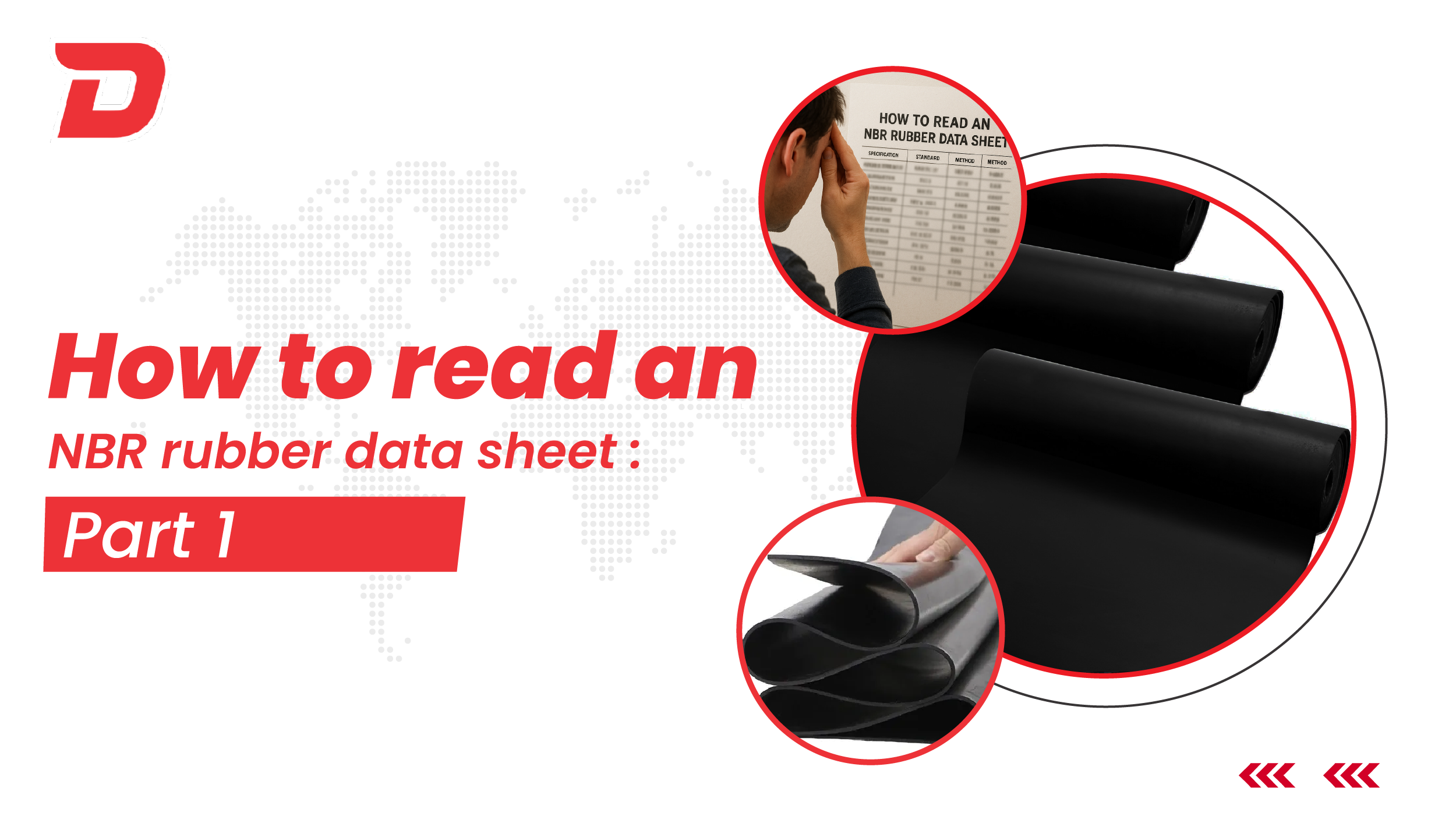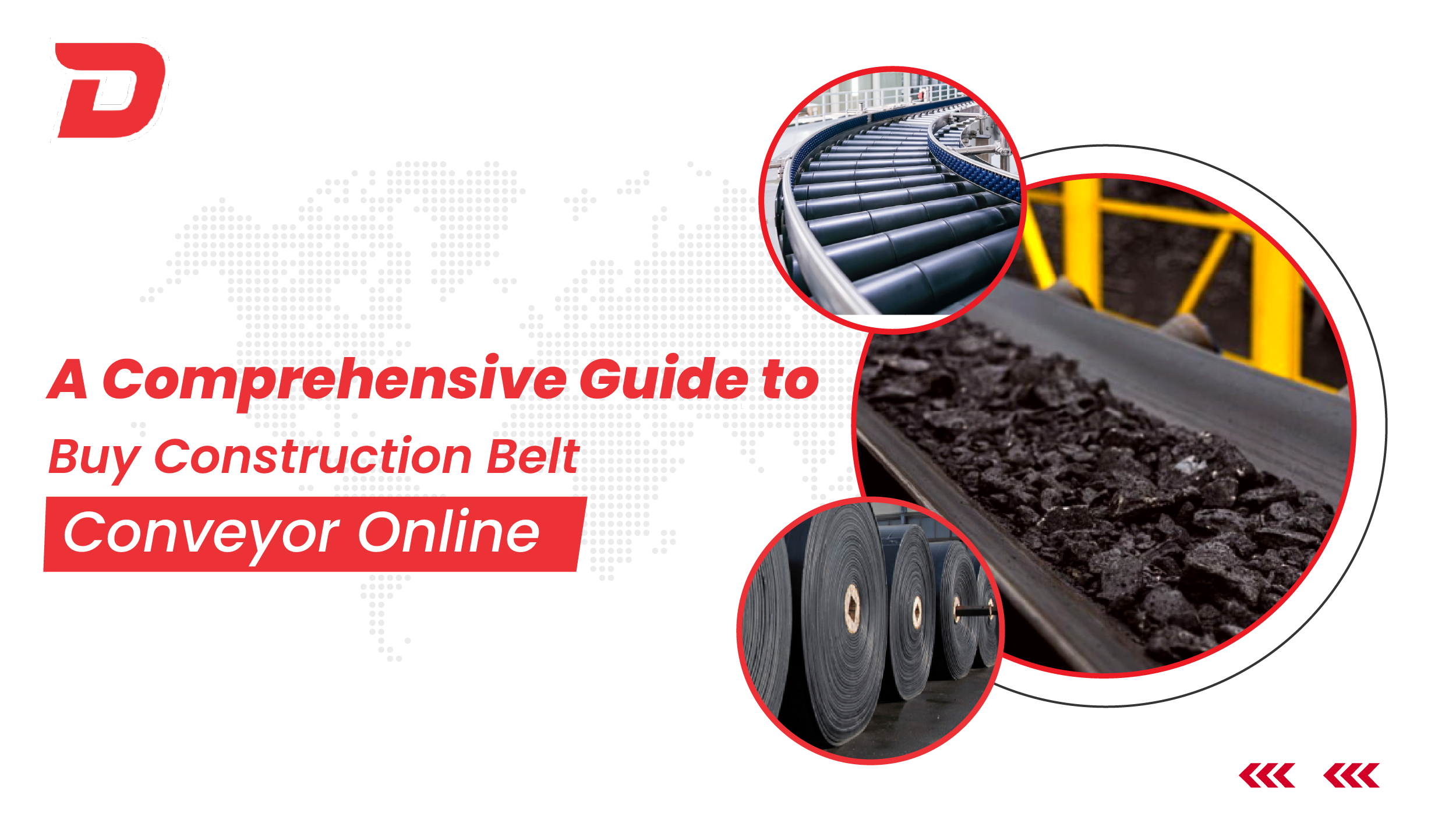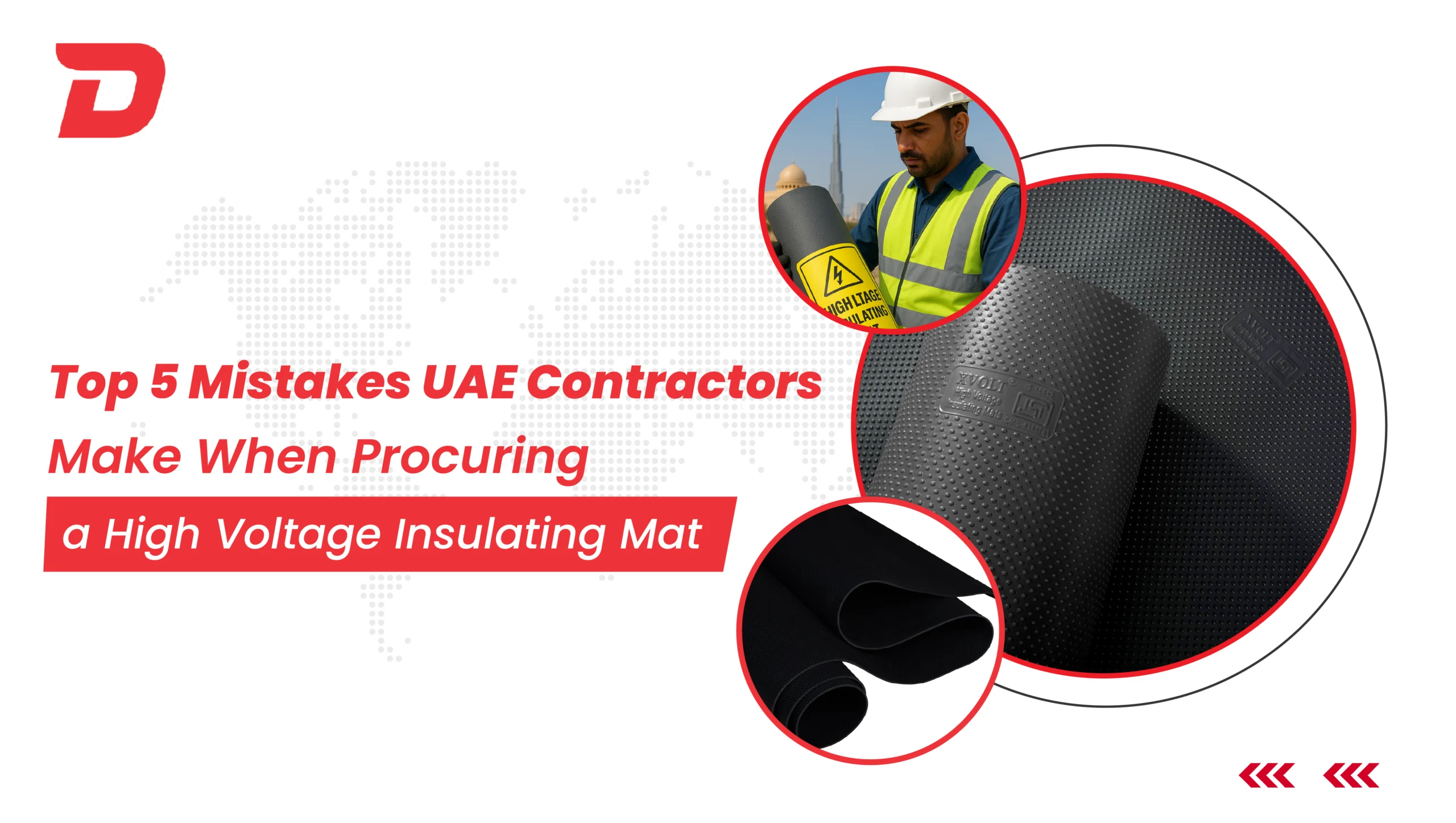Efficient material handling can make or break your construction project. Especially when it comes to handling bulk materials on-site-soil, gravel, concrete, or ore. Traditionally, trucking and hauling have been popular choices for bulk material handling. However, many are transitioning towards a construction conveyor belt now.
Belt conveyor in construction enables process automation. They ensure speed and performance. But, are they the best? Trucking and hauling are still used on construction sites- what might be the reason behind that?
Let us break it down for you and compare the types of conveyors in construction to the transport trucks.
In this blog, we will talk about the cost, speed, safety, scalability, and environmental impact of both systems.
What is a Construction Conveyor Belt?
According to conveyor belt manufacturers, a construction conveyor belt is designed to transport bulk materials from one place to another. Generally, they are used in:
- Large-scale excavation or tunneling
- Demolition sites
- Backfilling and landscaping
- Mining and quarry operations
The belt conveyor in construction can be modular, portable, or fixed depending on the application. At a construction site, earth, gravel, demolition debris, sand, aggregates, concrete, cement, fill material, asphalt, etc., are transported using a conveyor belt.
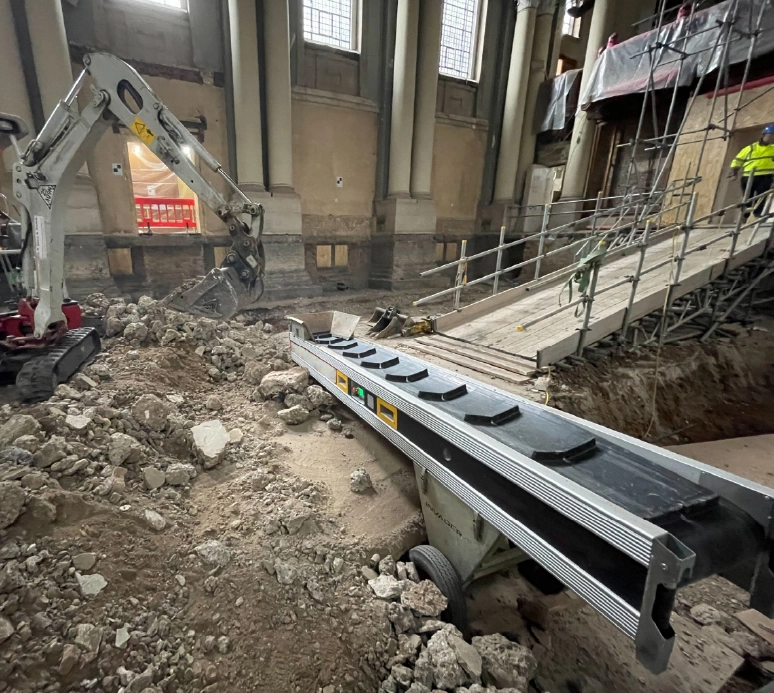
Types of Conveyors in Construction
Conveyor belts come in multiple varieties, but not all of them are suitable for construction purposes. Construction works demand specific flat conveyor belt sizes and flat conveyor belt dimensions.
Construction workers and users find these rubber conveyor belts the most suitable for the work:
- General Purpose Conveyor Belt: A general-purpose conveyor belt has an abrasion resistant cover. It saves the conveyor system from repeated wear and tear that might occur during the transportation of fine materials.
- Heat Resistant Conveyor Belts: Heat-resistant or HR-grade conveyor belts are used to carry hot concrete from the mixer to the sites. You cannot use an ordinary construction conveyor belt for this purpose as its cover will melt immediately.
- Fire-resistant conveyor belt: The FR-grade or fire-resistant conveyor belts might be needed if you have to transport fire-hazard materials across the construction site.
What is Trucking and Hauling?
In the trucking and hauling process, vehicles instead of a flat conveyor belt are used to move bulk materials from one place to another. Dump trucks, tipper trucks, or trailers are preferred for trucking and hauling.
Transport trucks are still preferred as they are flexible and can be increased in numbers quickly- which is not always possible with types of conveyors in construction.
Construction Conveyor Belt vs Trucking and Hauling: Comparison Data Table
We have broken down the differences between a belt conveyor in construction and transport trucks in the table below:
| Criteria | Construction Conveyor Belt | Trucking and Hauling |
|---|---|---|
| Cost (Long-Term) | High setup cost, low operating cost | Low setup, high fuel & labor costs |
| Speed & Efficiency | Continuous flow, minimal downtime | Dependent on loading/unloading cycles |
| Labor Requirements | 1–2 operators | Multiple drivers + loaders |
| Terrain Dependency | A flat conveyor belt works best on flat/engineered terrain | Flexible on rough or remote terrain |
| Environmental Impact | Lower emissions, noise, and fuel use | High carbon footprint, fuel-intensive |
| Maintenance | Periodic belt and motor checks | Vehicle wear, repairs, downtime |
| Safety | Fewer moving parts = fewer accidents | Higher risk (traffic, tipping, fatigue) |
| Scalability | Great for high-volume static projects | Better for dynamic, multi-location jobs |
| Distance | Best for <1 km | Ideal for >1 km or offsite transport |
When Should You Choose a Conveyor Belt for Your Next Project?
According to an article on Plant Automation Technology, a conveyor belt has caused a 25% decrease in maintenance costs and a 15% reduction in unscheduled downtime in a large-scale food processing plant.
It is equally beneficial in construction sites too. You can opt-in for a belt conveyor in construction if your project requires:
- Continuous material flow (e.g., tunnel boring, backfilling, demolition)
- Has a fixed site or restricted working area
- Reduction in environmental impact and fuel cost
- Carrying large volumes over short distances
Examples of such areas are subway or tunnel excavation sites, demolition of high rises where cranes cannot reach, land reclamation, or places that require bulk earth movement.
When Should You Choose Trucking and Hauling for Your Next Project?
Although trucking and hauling are more primitive than major types of conveyors in construction, they are still popular in places where:
- The construction site is spread out or off-grid
- You need to move material offsite or over longer distances
- The terrain is uneven, muddy, or unpaved
- You need to scale fast without major money investment
Examples of such areas are road construction sites along long stretches, site clearance or offsite disposal areas, and transportation to multiple destinations.
Final Verdict: Hybrid Between Construction Conveyor Belt and Trucks?
If you are skeptical, you can shift to the hybrid model of work. According to some of the leading conveyor belt manufacturers, large-scale projects use both conveyor belts for on-site handling and trucks for external transport. An example of this activity is:
- Conveyor belts bring excavated soil to a staging area
- Trucks haul it to a landfill or processing facility
This model optimizes speed, cost, and flexibility—especially in urban or mega project scenarios.
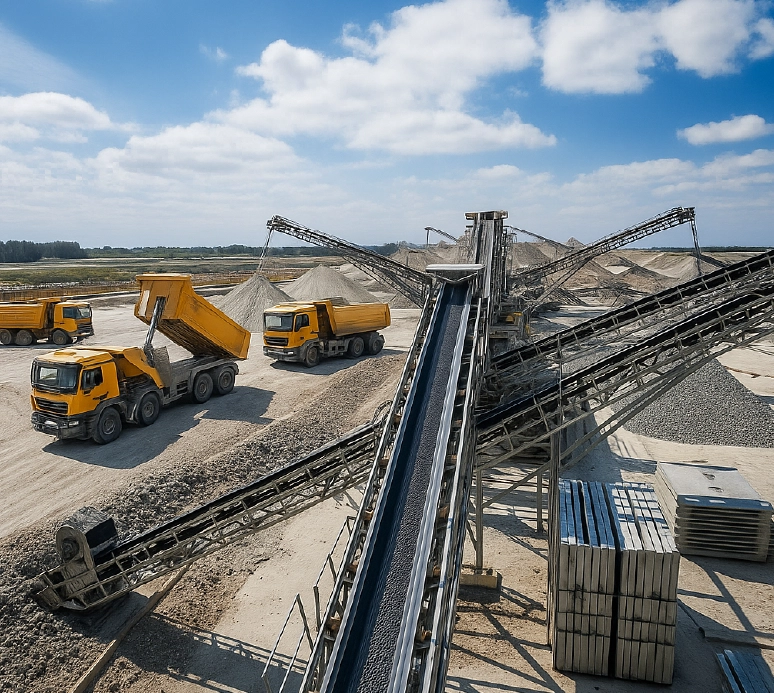
Are You Looking for Construction Conveyor Belt for Sale?
If you are planning to buy a construction conveyor belt or upgrade to the hybrid mode- choose the best. Talk to us about abrasion-resistant, weatherproof, and customizable options engineered for tough construction worksite.



